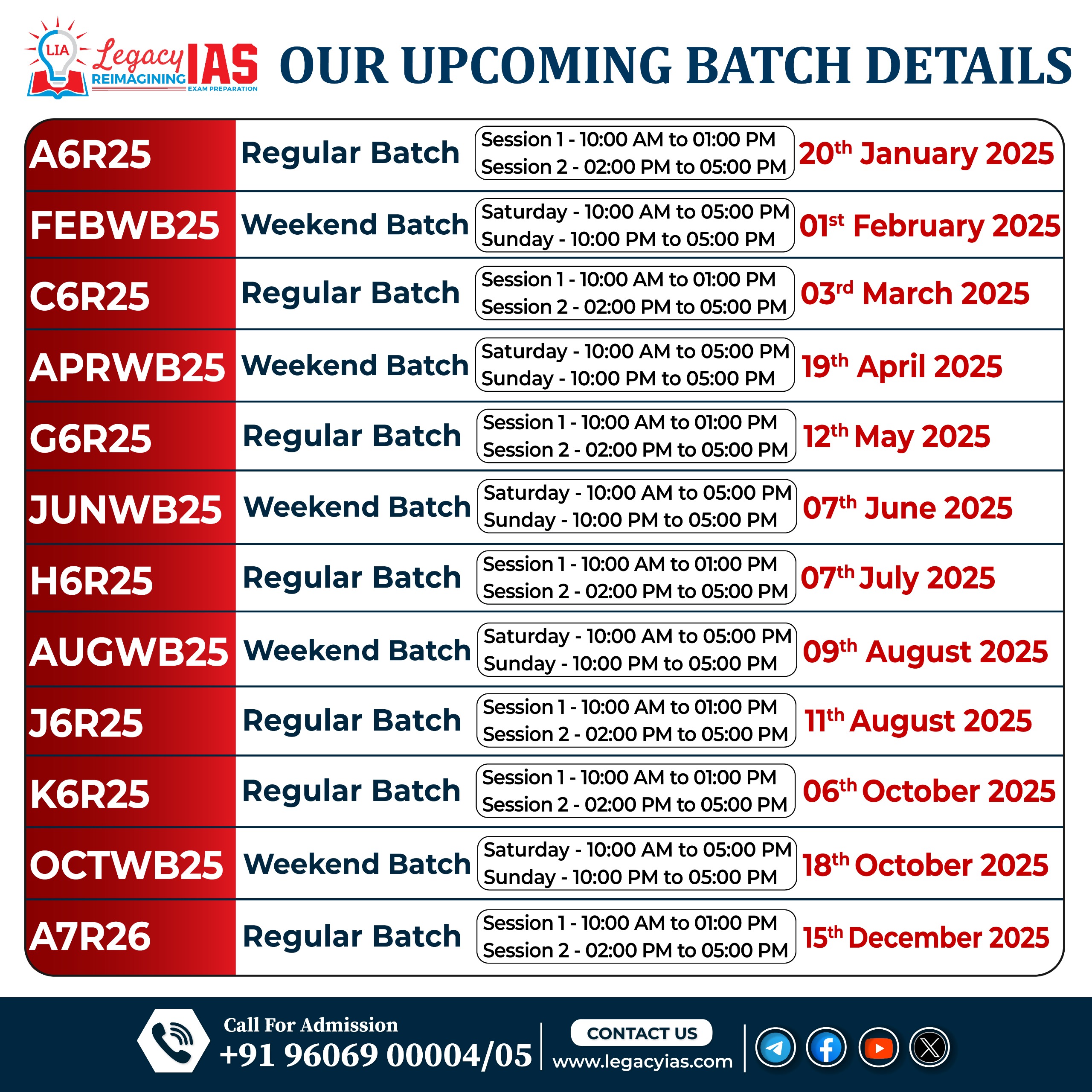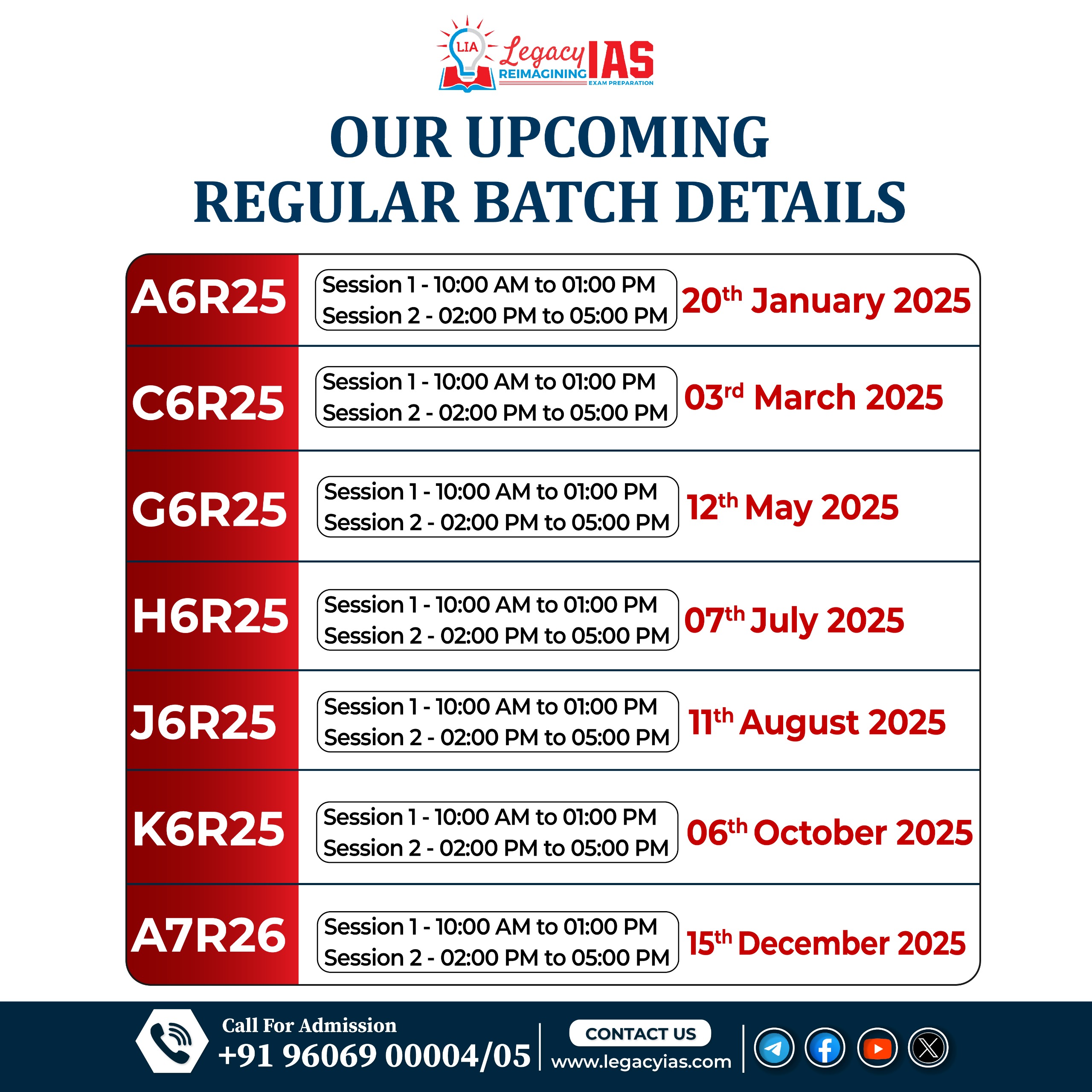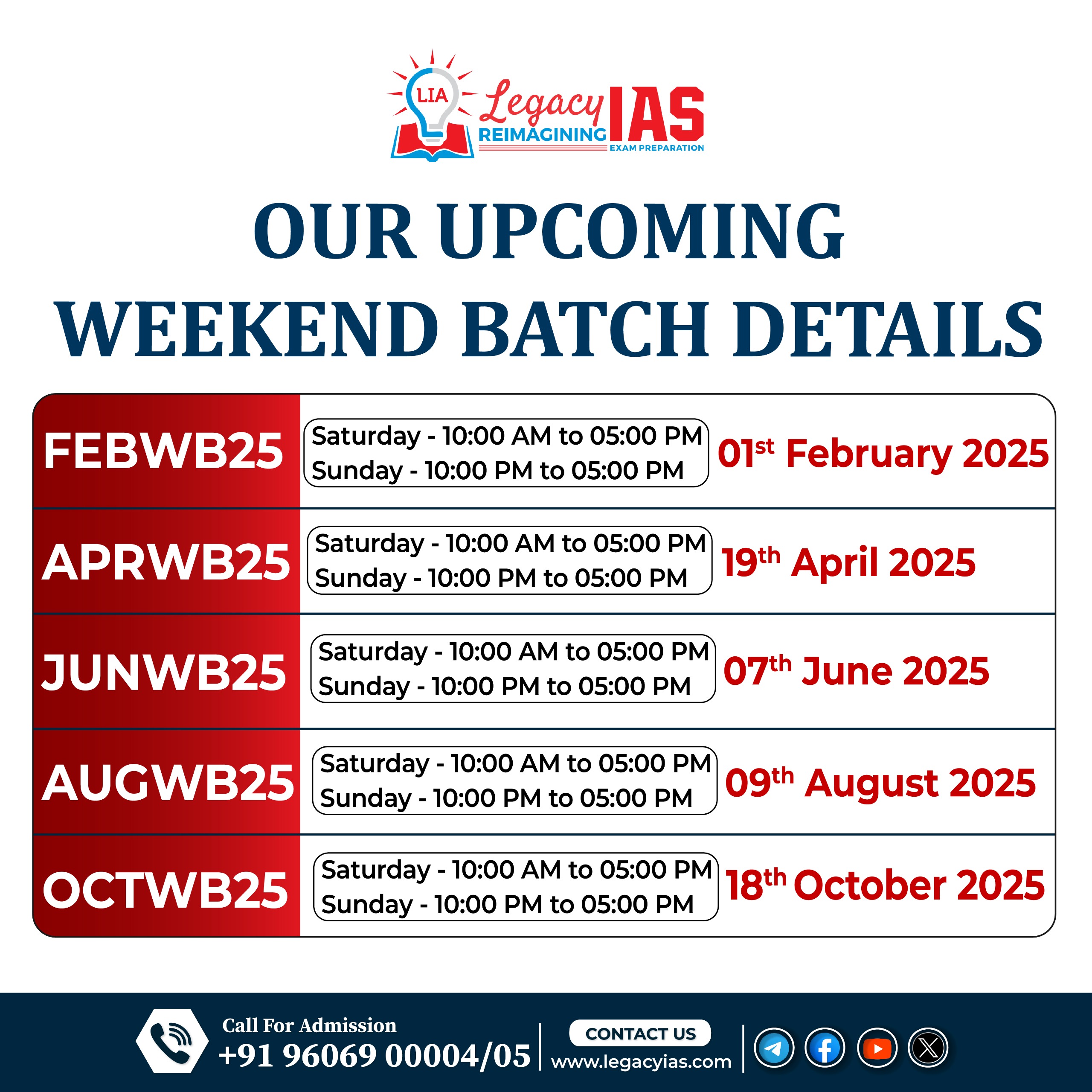Importance of banks
- It was recognised that when private commercial banks fail, whether due to malfeasance or misjudgment, they not only harm their trusting depositors, they can also take down with them the rest of the financial System.
- This gave rise to the RBI, the regulating authority for banks.
- With the rise of neoliberalism, the central tenet of which is that markets should be given free play, the regulatory role of central banks took a back seat.
- They came to be primarily mandated with inflation control
- In later years inflation targeting was made the sole objective of monetary policy.
- The RBI was permitted to exceed or fall short of a targeted inflation rate of 4% by a margin of 2 percentage points.
- This was hailed by the government as the adoption of the ‘modern monetary policy framework’ by India, and came into effect from the year 2016-17
Consequences of shifting roles of RBI
- In 2018, within three years of the adoption of inflation targeting goal, a crisis engulfed IL&FS, a nonbanking financial company in the infrastructure space
- It defaulted on several of its obligations, including repayment of bank loans and the redemption of commercial paper.
- Bank run on the Punjab and Maharashtra Cooperative Bank had to be averted by imposing withdrawal limits





